|
This August the Awa Odori came back in Shimokitazawa after a break of 4 years. It felt amazing to have the energy back in the streets with locals and visitors alike soaking in the atmosphere. It was hot, sweaty, loud and lively with the local area troupes gathering together to try to outdo each other. My personal favourites were the Sancha Ren (troupe) from Sangenjyaya just up the road from us and Takarabune, the crowd-pleasing, high-octane professional troupe. TAKARBUNE As you would expect from Japan, the organisation of the event was impeccable. No trouble, no pushing or shoving just people having fun. It was lovely to see the local businesses benefiting from the event too by adding kaki-gori (shaved ice) stands, beer coolers, festival toys and snacks to their usual wares. The Awa Odori spans the whole weekend from Friday night until Sunday night. It was especially lovely to be able to hear the drums from my house and Studio Biku. For me, this festival marks the end of summer (even though it's still 33-35°C most days) and there's a little one week break before we welcome in the Autumn with the next festival Kitazawa Hachimangu Festival next weekend. SANCHA REN YOU MIGHT ALSO ENJOY...
0 Comments
A 12-minute walk from Shimokitazawa Station and an 8-minute walk from Ikenoue Station, Kitazawa Hachiman Shrine's annual festival "Kitazawa Hachiman Autumn Festival" will be held from September 2nd (Sat) to 3rd (Sun) 2023. To celebrate the coming of the Autumn season, More than twenty portable shrines (mikoshi) will be carried through the streets of Shimokitazawa over the course of the weekend.
YOU MIGHT ALSO ENJOY...
|
HI THERE
I'm Victoria, the founder, designer and creator at Bikudesigns, a vintage kimono accessories brand in Tokyo, Japan. Categories
All
Archives
July 2024
|
ABOUT
|
POLICIES
|
GET IN TOUCH
|
|
Proudly powered by Weebly

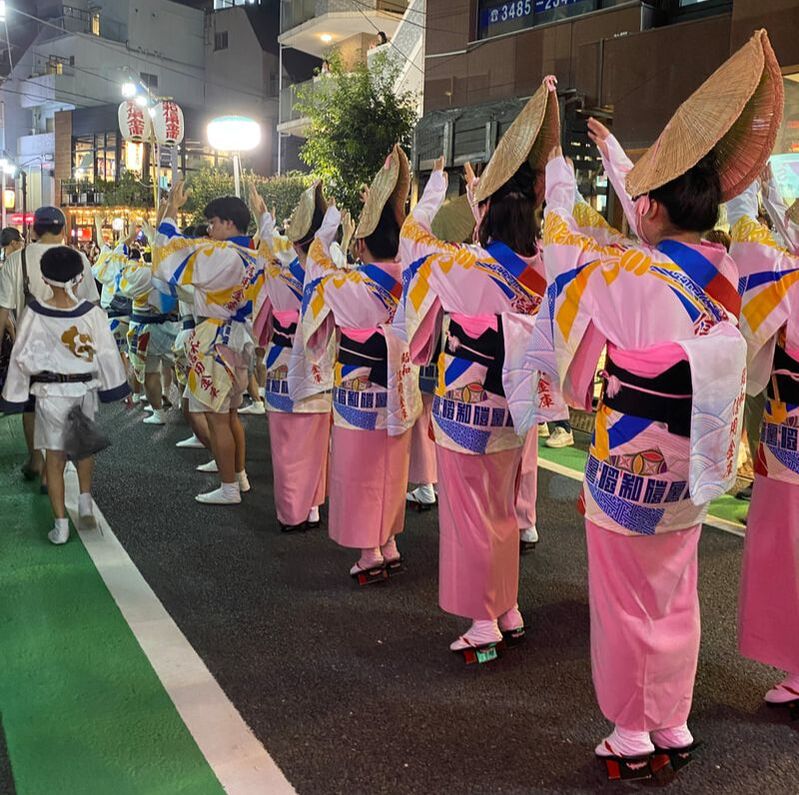
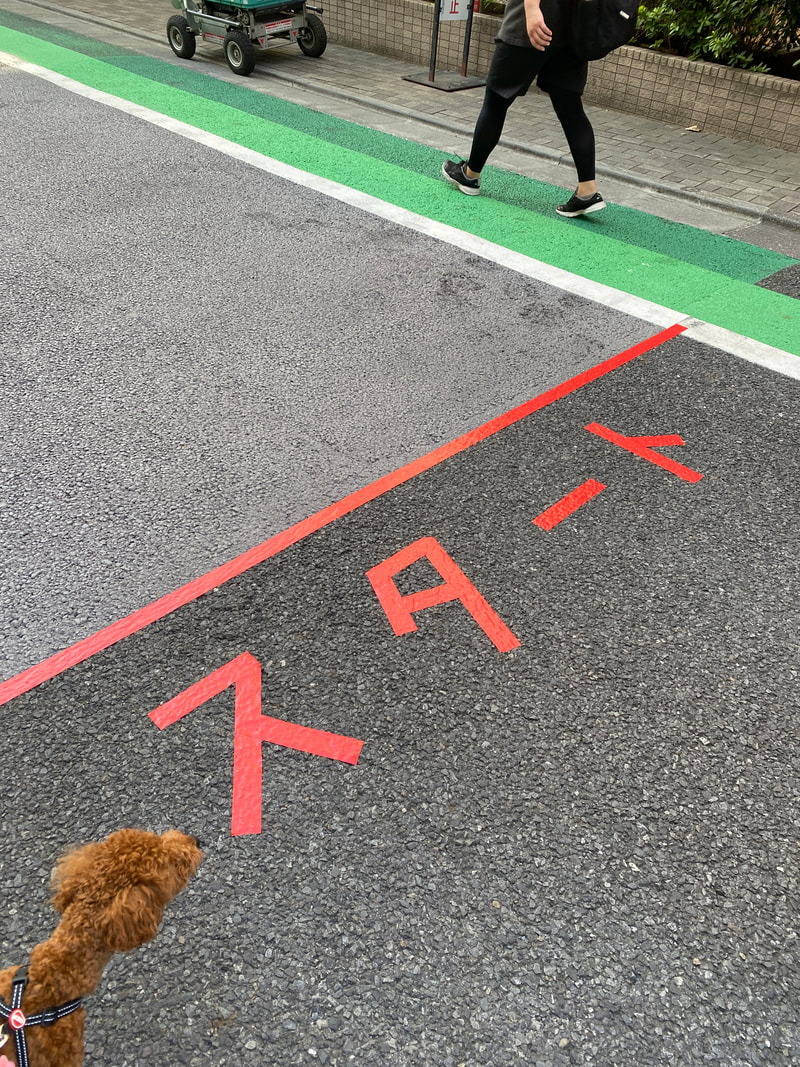
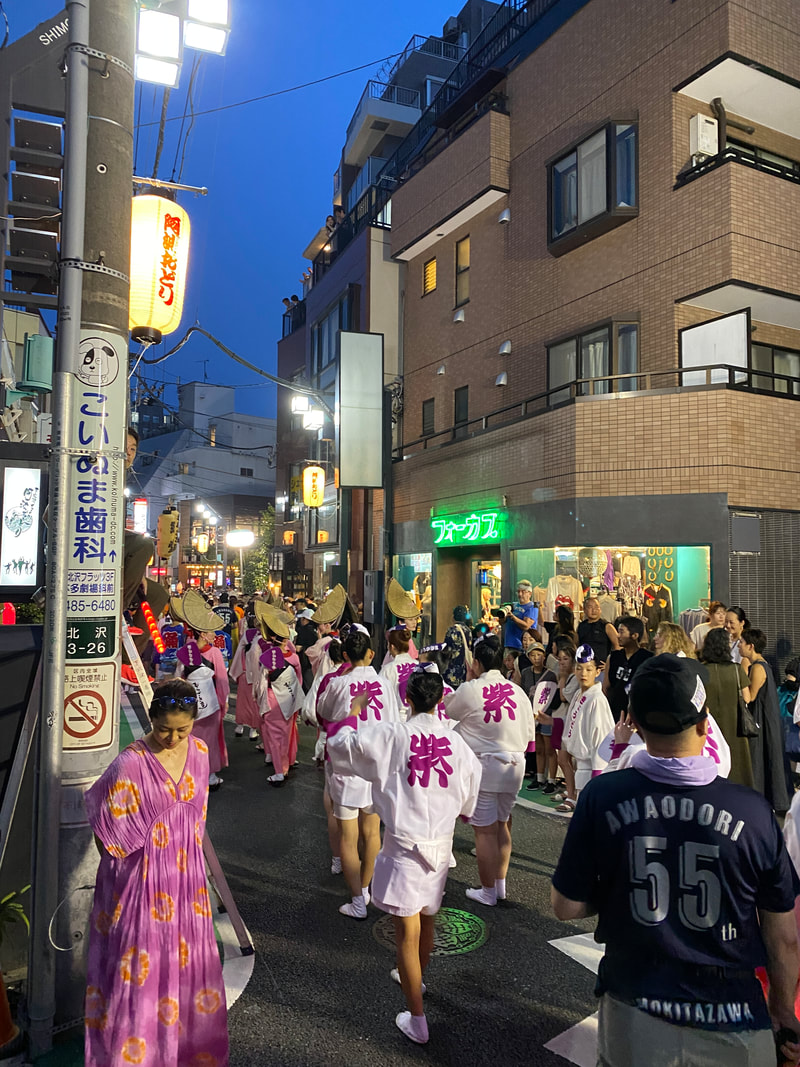
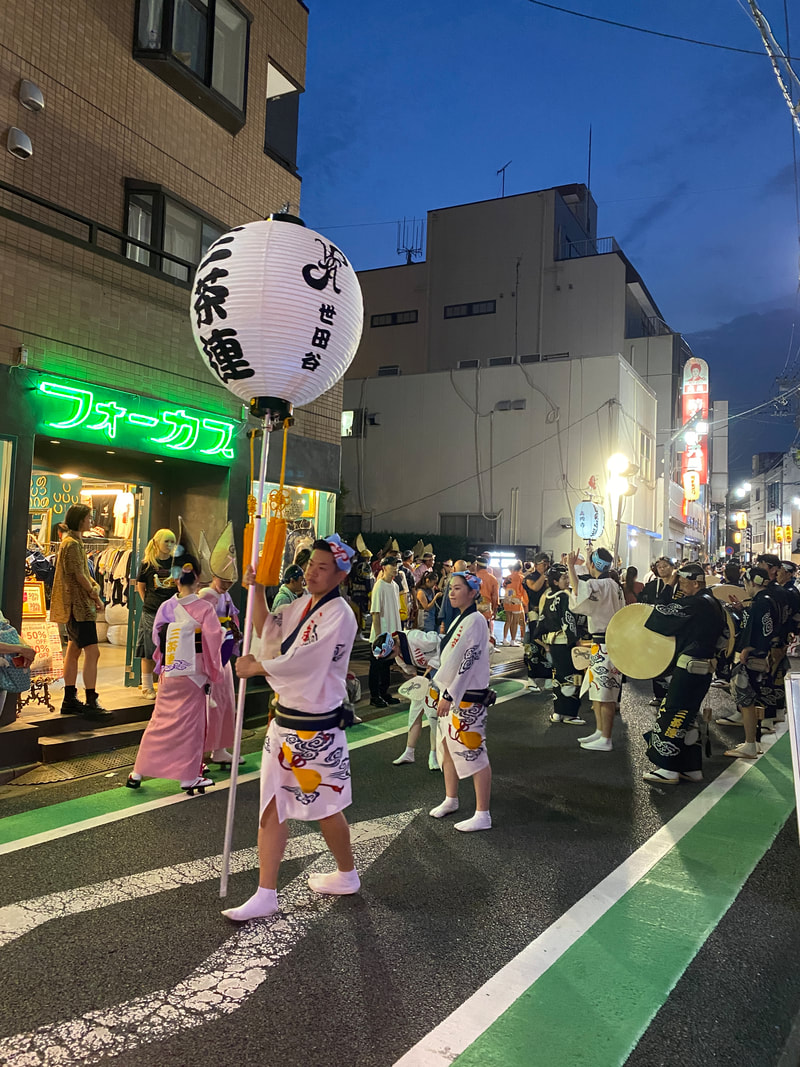

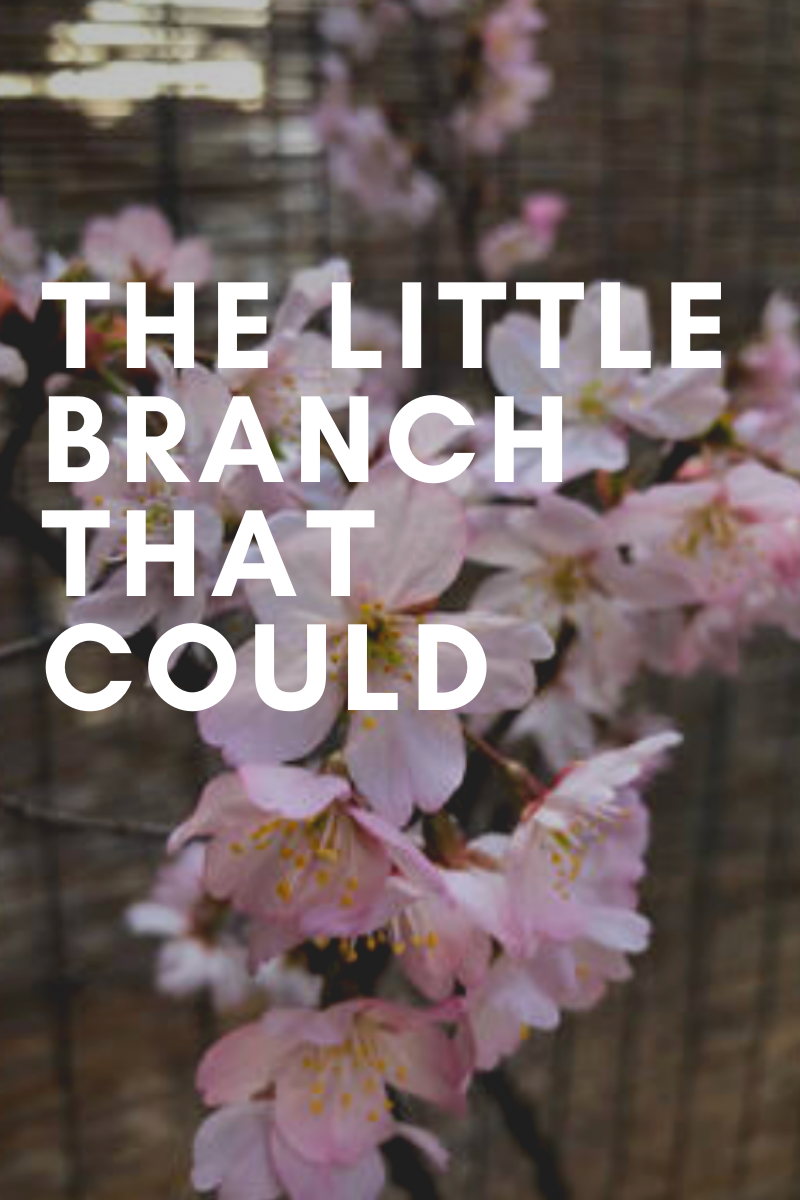

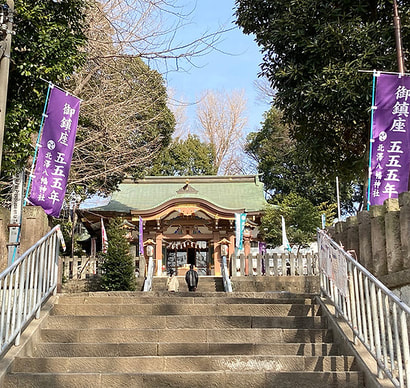

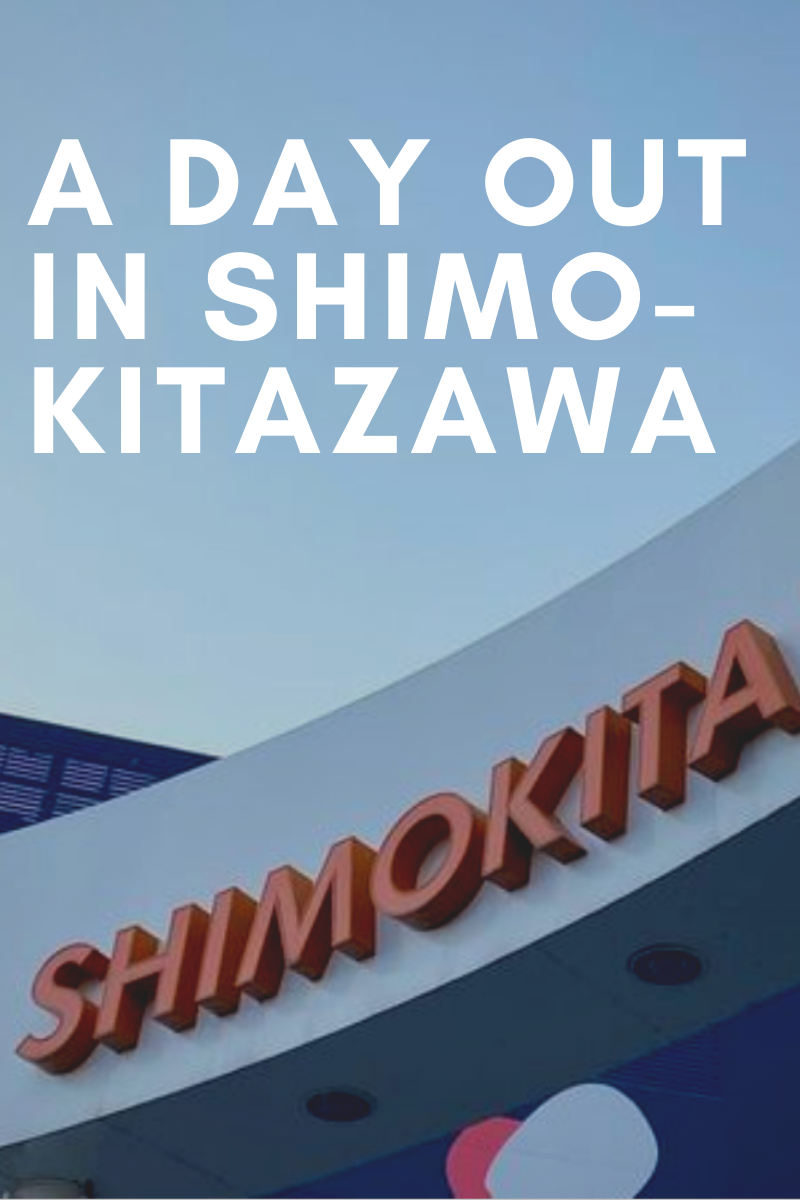
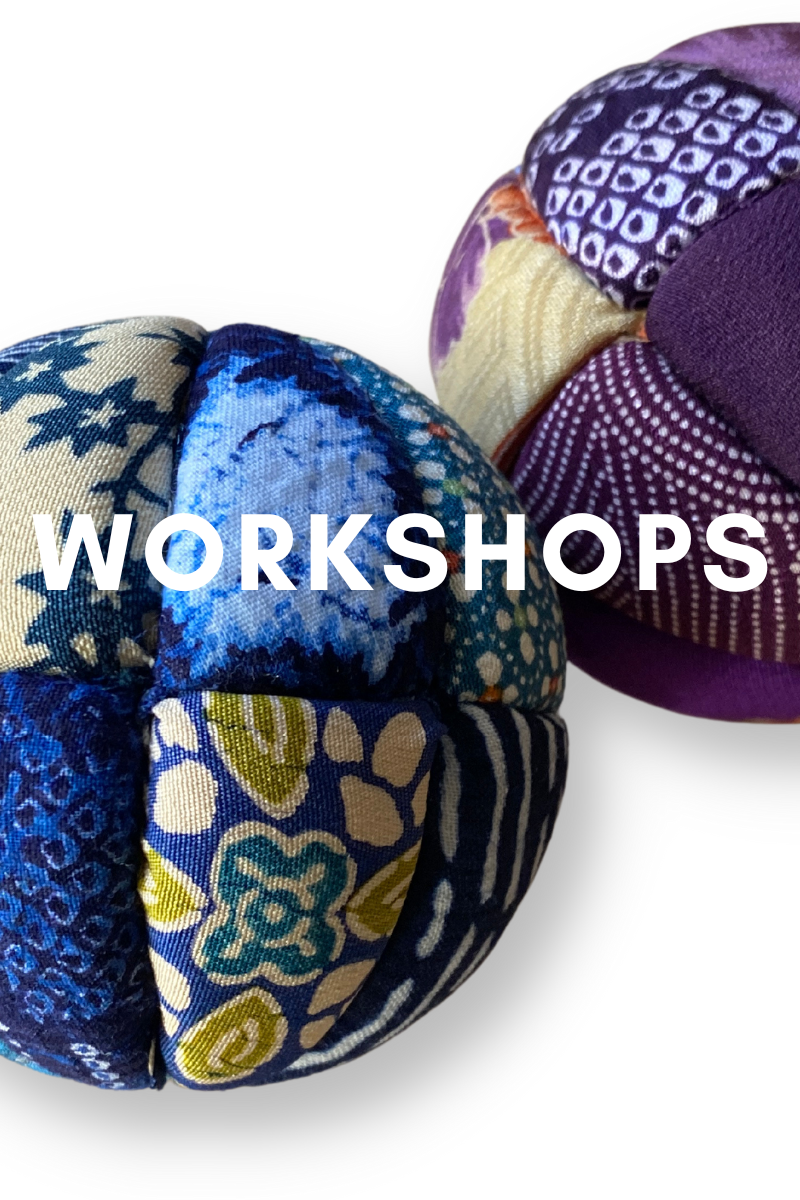
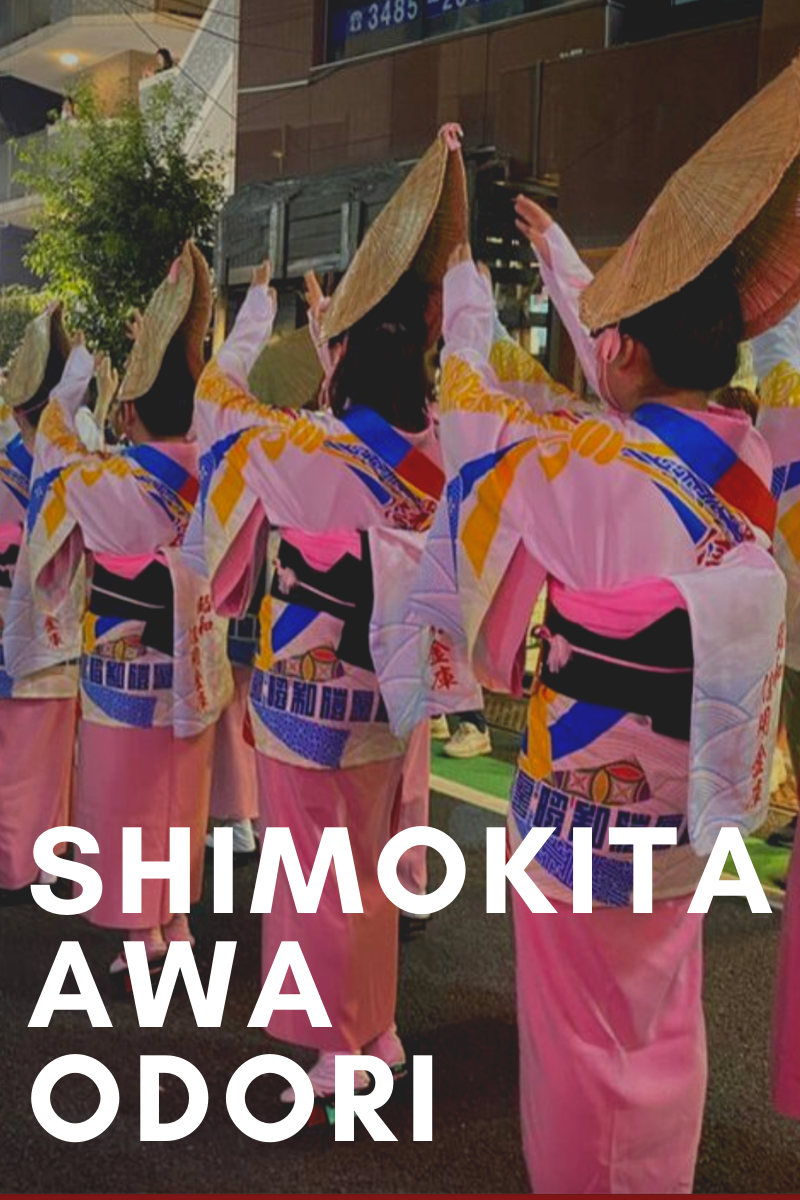


 RSS Feed
RSS Feed